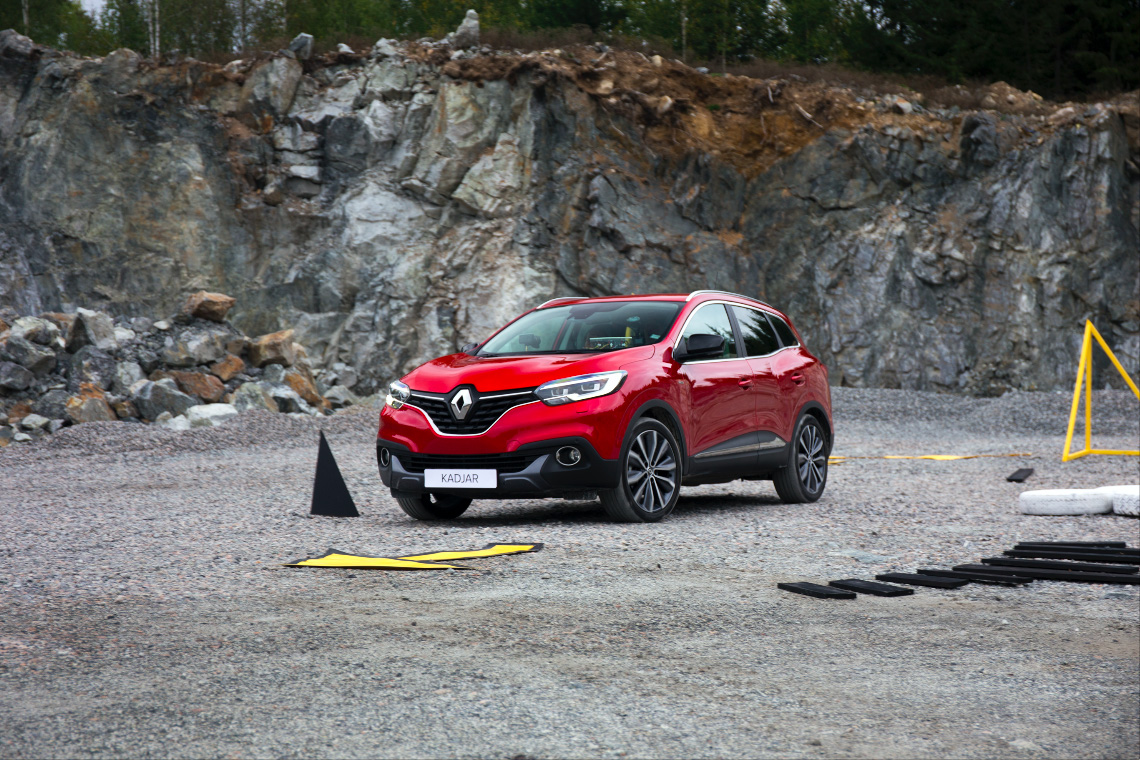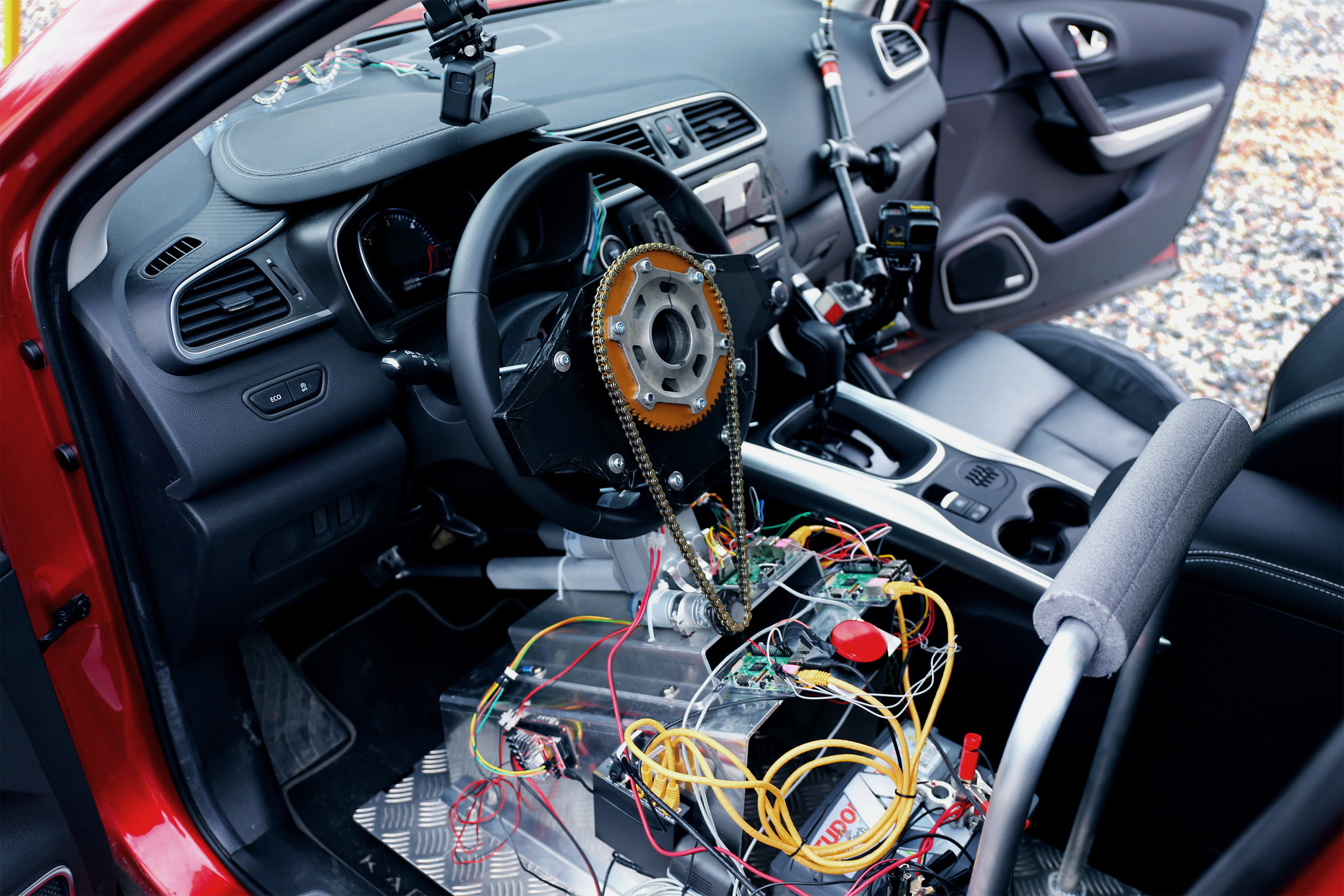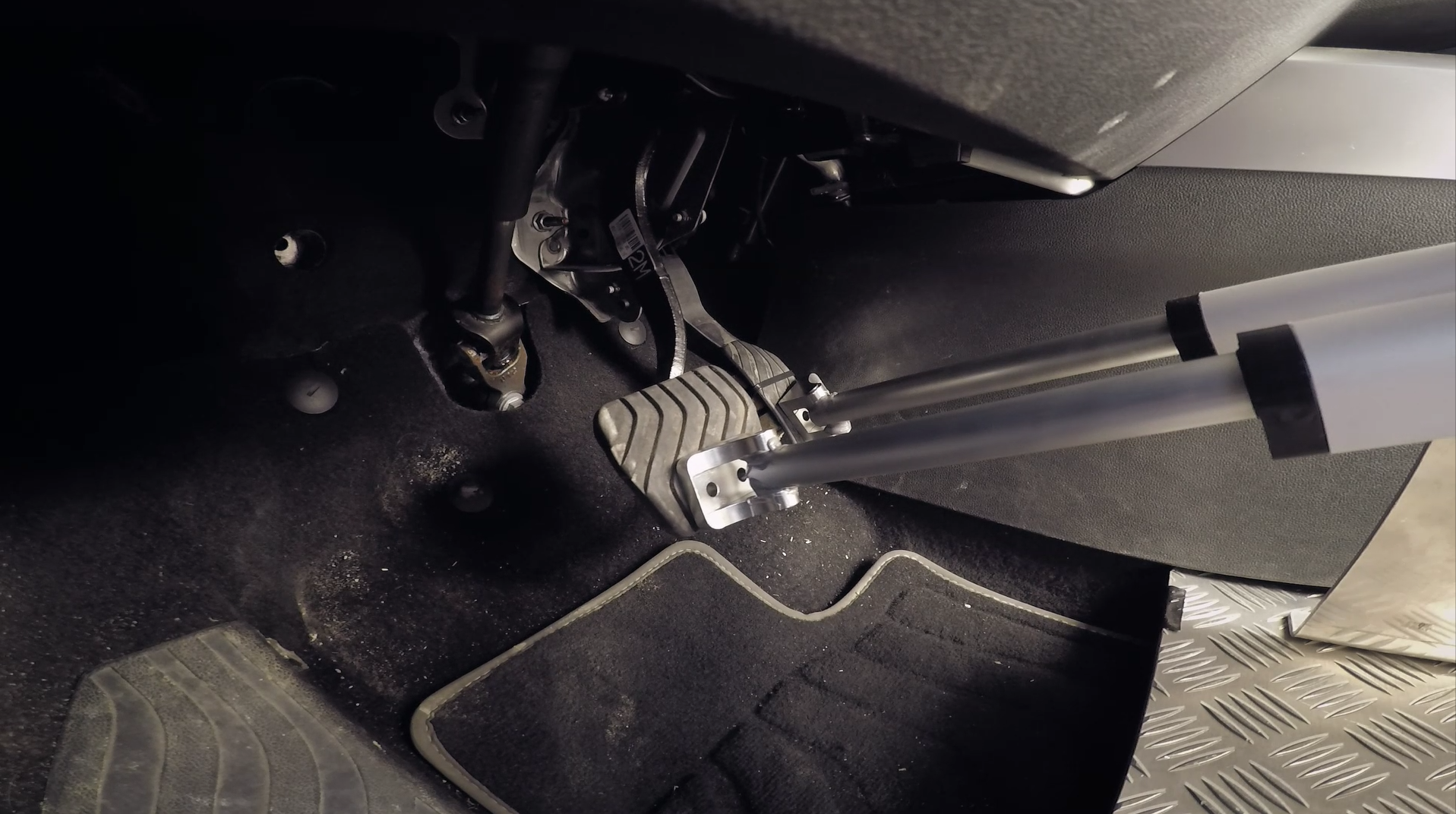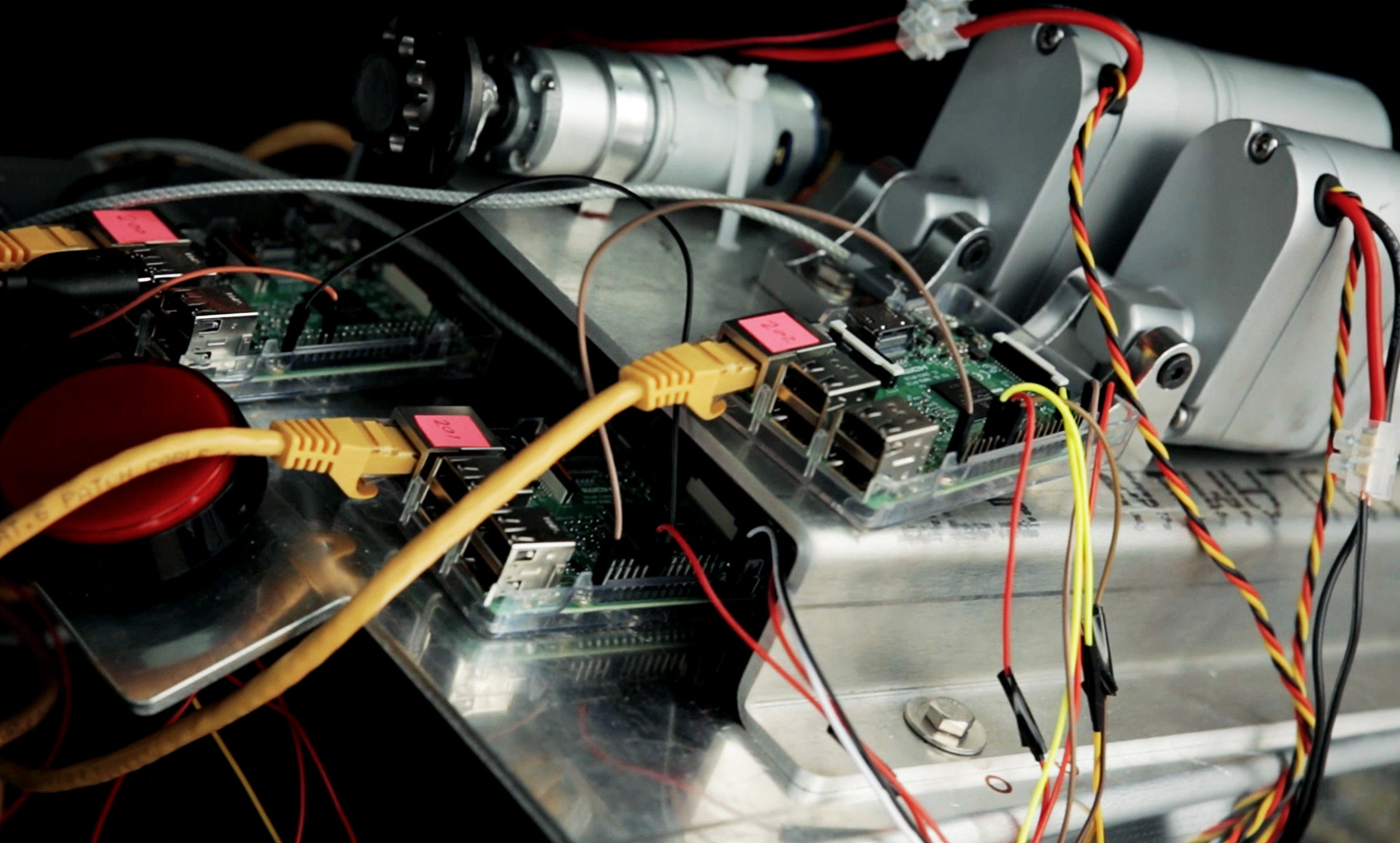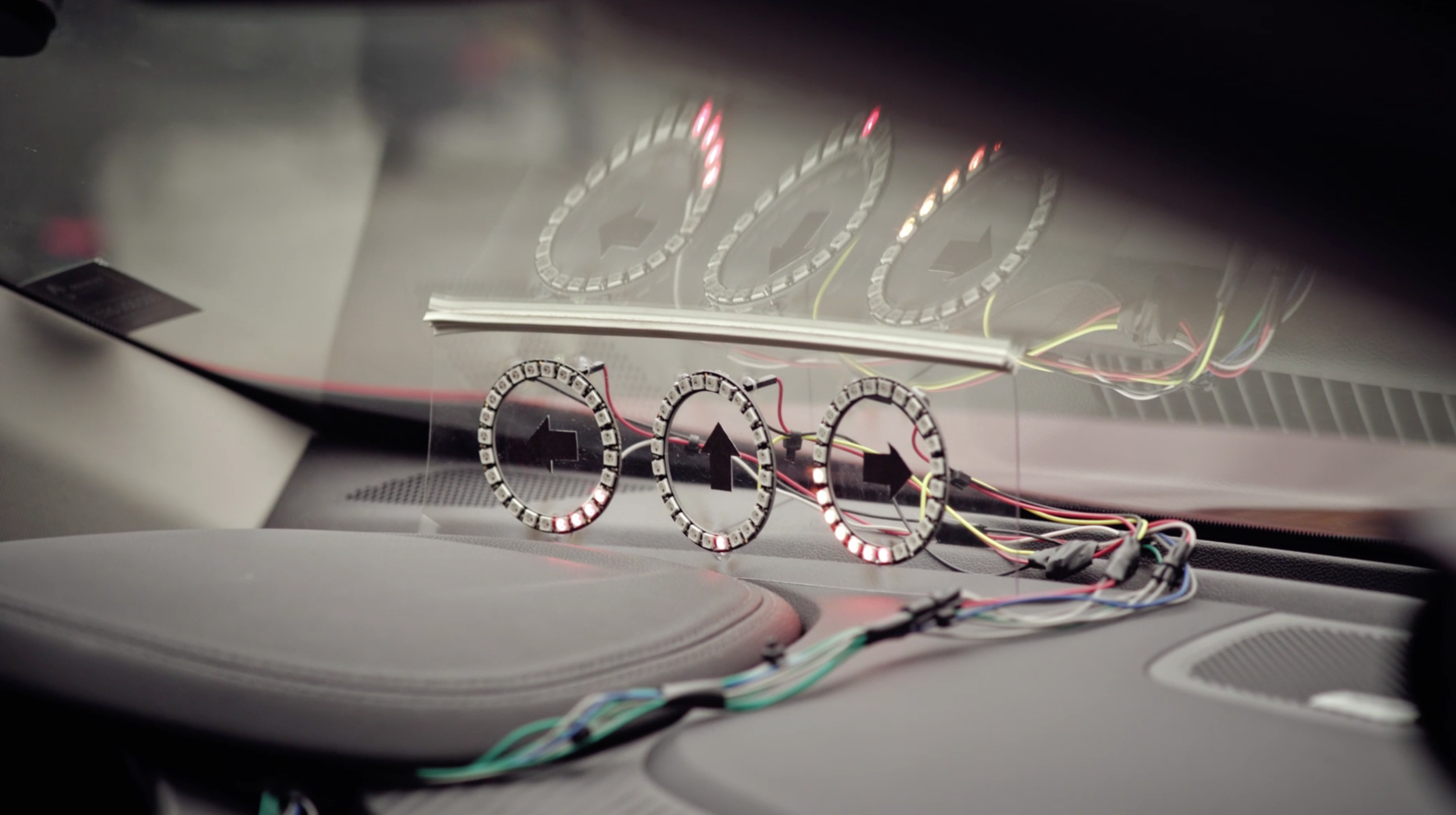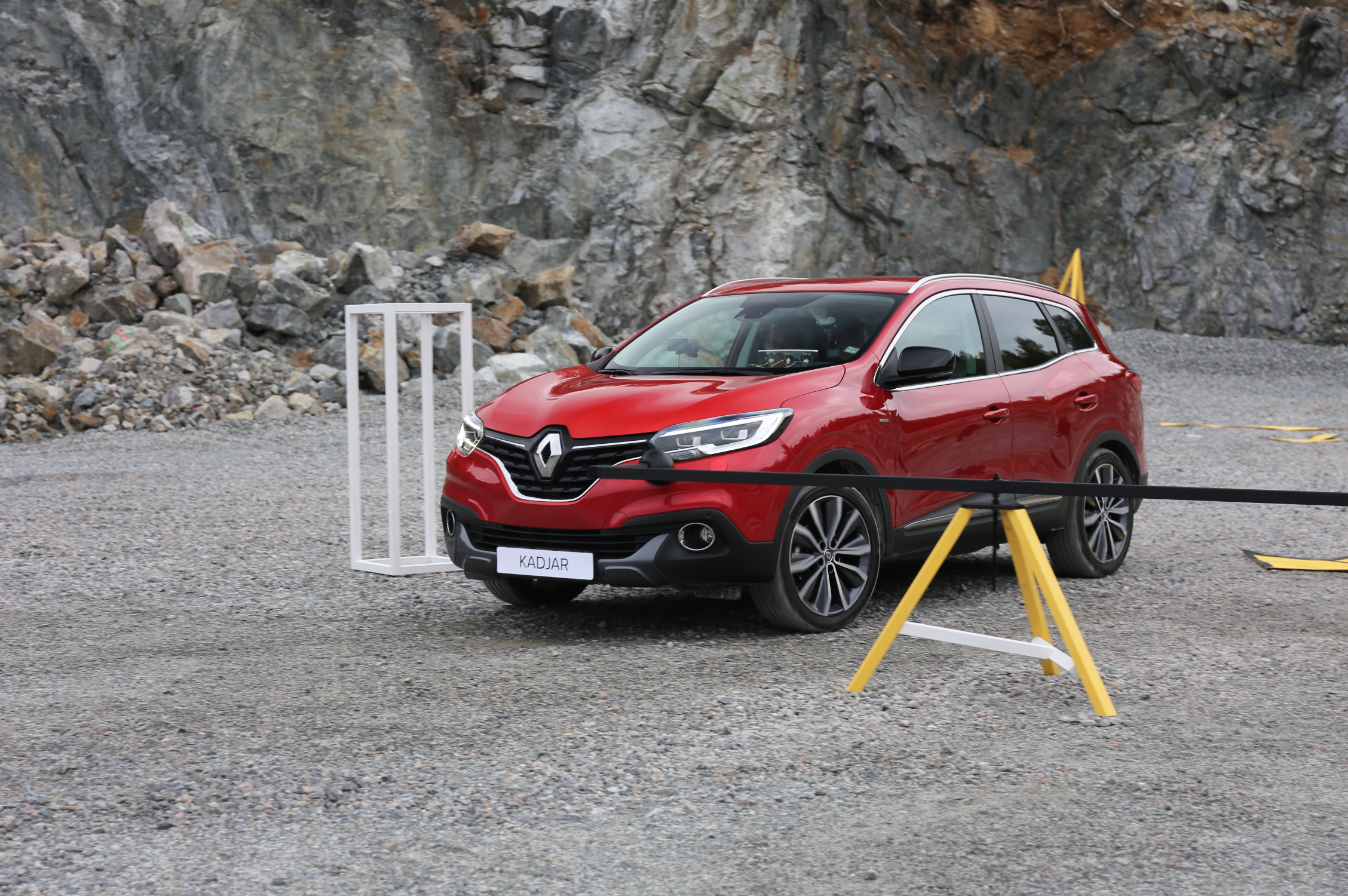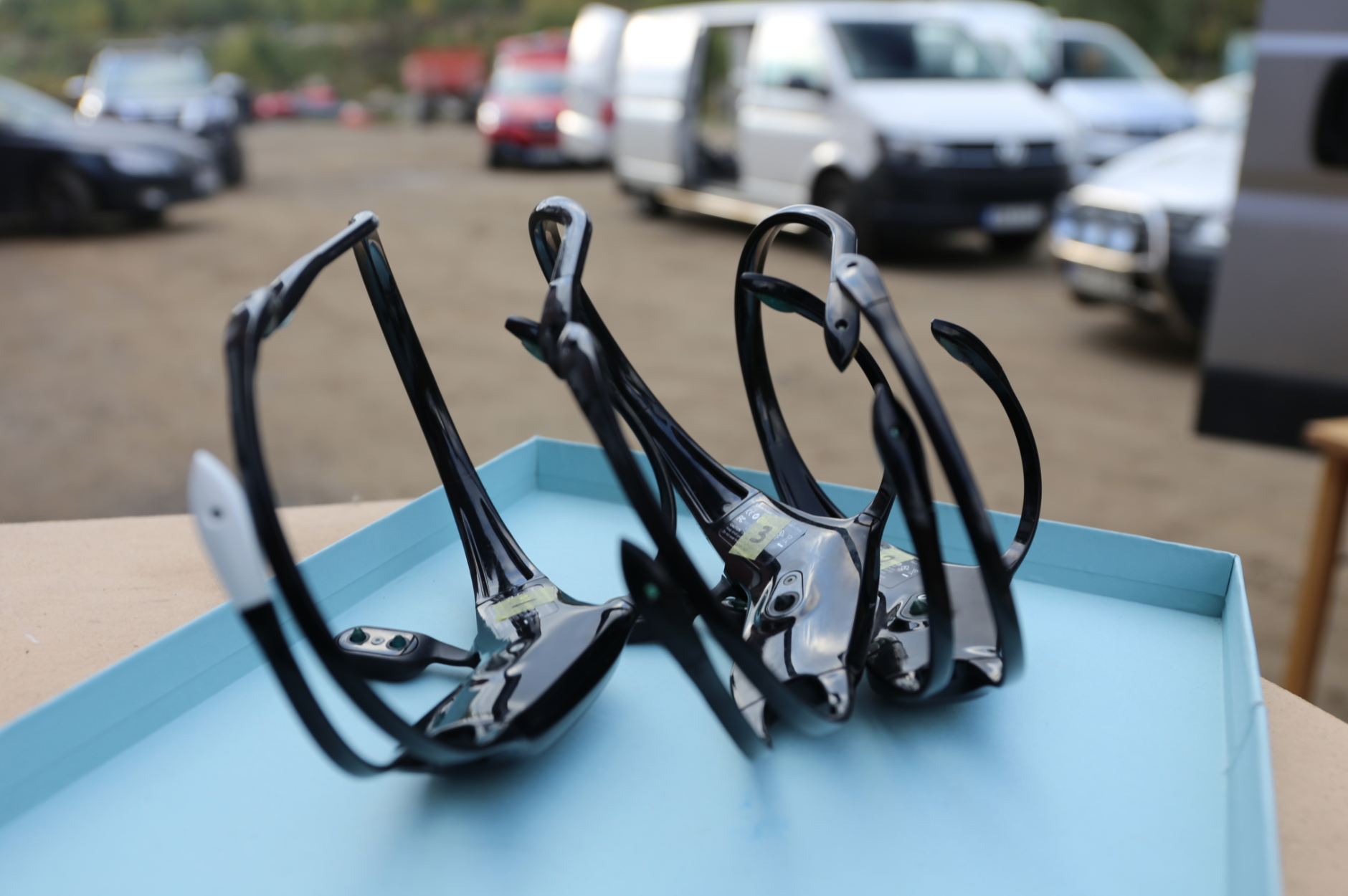RENAULT TEAM WILL POWER
Every year Renault is sponsoring the biggest Swedish sports event for amateur athletes, ESK. We found out that today, amateur athletes want to train, eat and dress like professionals. However, there is one thing that they still have to learn from the elite; mental training. In a experiment called Team WillPower, Renault challenged three athletes currently training for the event to drive a Renault KADJAR – using only willpower. After extensive mental focus training, came the ultimate test – to drive the car together with their minds. One was in charge of controlling speed, one turning left and one turning right. Find out how it went below.
Creative Direction / Art Direction
CNET Creativity DriveMag Aftonbladet IdrottensAffärer Connery Resume Elle ViBilägare
Experience Film
A 360 Campaign: We re-built a Renault KADJAR, making it possible to drive it using only brainpower. The three athletes mental journey was documented in a film, from start to finish – from the series of mental focus exercises with the coach and triathlete Jonas Colting, to the actual experiment where the participants were equipped with emotiv-headsets and the mission to each control their important part; turning right, turning left and accelerating. When launching, we invited journalists to test drive the re-engineered Renault KADJAR to experience the experiment – at own risk. We also made four short films with Jonas Colting, where he gave his best mental tips for each of the four races that ESK consists of; skiing, biking, swimming and running – giving ESK participants a chance to take their performance to the next level.
Result: More than 150 million people were reached through traditional media, both national and international. 4.5 million Swedes were reached through own social channels. 1.6 million views.
Behind the Tech Film
To control the car with brainpower, we first needed to build a ‘driver’ that the brainwaves could control. This mechanical chauffeur needed to be portable and fairly lightweight, so we chose to have it replicate a human by giving it two legs and a hand. The “legs” consisted of two linear servos, one for the accelerator and the other for the brakes. For the “hands”, we used the chain and sprockets from a gokart, connected to a DC servo motor. Each servo is controlled by a Raspberry Pi3 whom are given commands from a server running on a regular laptop. The EEG headsets which the athletes wear are connected to the server-laptop via bluetooth and are given a specific objective: steer left, steer right or set speed. Each driver then view LED’s mounted on top of the dashboard to see how well they are performing – hence determining if their designated command will be executed. The entire system is powered by a regular 12V car battery.




